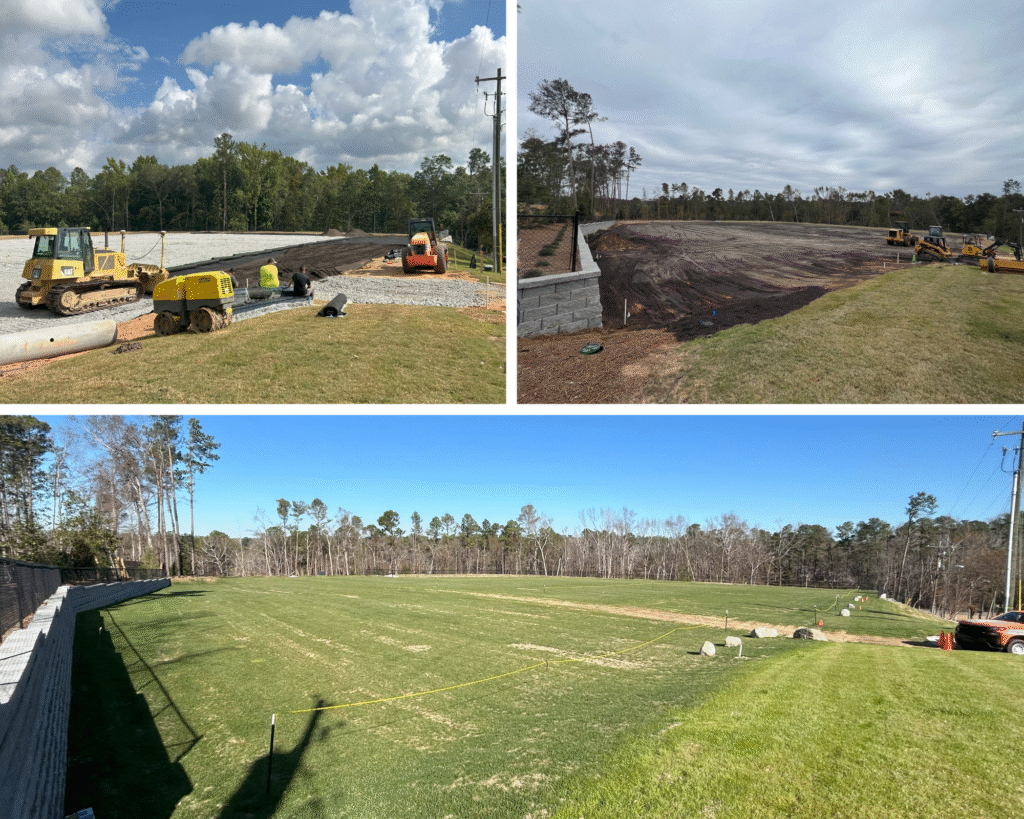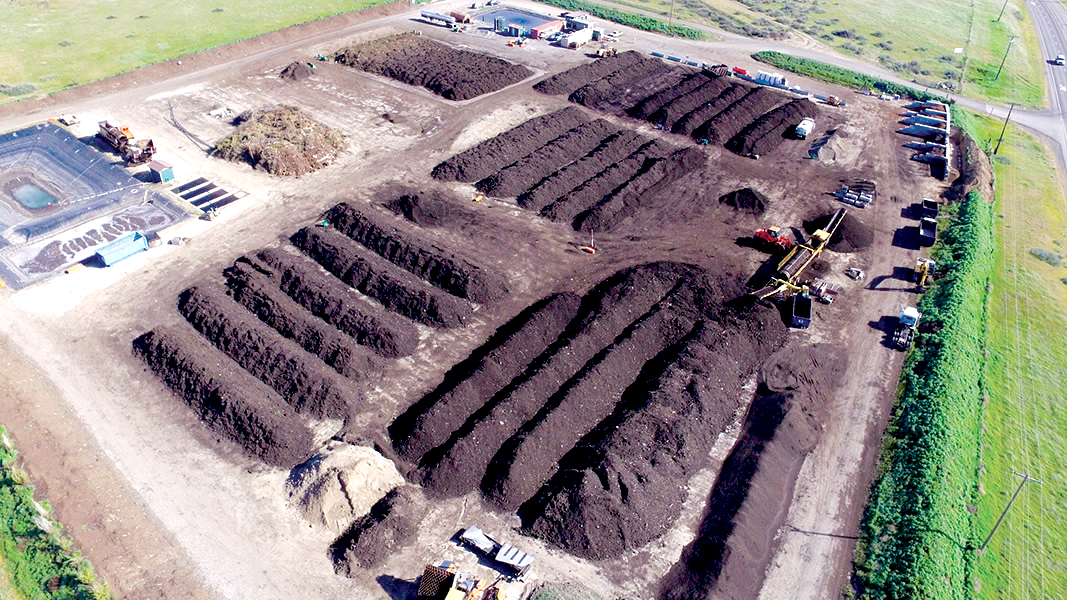Large Windrow Composting: A Natural Path to Rich Soil
Introduction to Large Windrow Composting
Large windrow composting is a traditional and effective method of converting organic waste into nutrient-rich compost. This method involves piling organic material into long rows called windrows, which are turned regularly to introduce air and promote microbial activity.
Historically, windrow composting is one of the earliest industrial-scale composting techniques in agriculture and municipal waste management. As a result, its simplicity and scalability have made it a favorite among farmers, waste processors, and environmental engineers.
How the Windrow Composting Process Works
Windrow Formation and Ideal Dimensions
Windrows are typically formed in long, narrow piles. In our operation, we tailor windrow dimensions based on material type and volume. Generally, we aim for piles 4 to 8 feet high and 14 to 16 feet wide. These dimensions balance heat retention and aeration, ensuring optimal composting conditions.
Turning Methods and Recommended Frequency
Turning is essential to aerate the pile and maintain microbial activity. We use specialized windrow turners to mix the materials efficiently. Depending on moisture and temperature levels, turning is done weekly or bi-weekly. Occasionally, we’ve experienced windrows reaching extreme internal temperatures, sometimes even catching fire, which has required us to open them urgently to cool them down.

Key Stages of Decomposition
The composting process occurs in three stages:
- Mesophilic Phase (20–40°C): This is the initial breakdown by moderate-temperature microbes.
- Thermophilic Phase (40–70°C): During this phase, high microbial activity rapidly decomposes organic matter.
- Maturation Phase: In this final stage, the compost cools down and stabilizes for safe use.
Distinctive Features of Windrow Composting
- Natural Aeration Through Turning: Regular turning reduces compaction and optimizes oxygen levels.
- Temperature and Moisture Management: We monitor and control internal pile conditions carefully. In rare cases, overheating has forced us to open piles urgently.
- Flexibility in Scale and Input: Unlike Aerated Static Pile (ASP) systems, windrows can be scaled up more easily, thereby accommodating varied feedstocks.
Key Advantages of Using Windrow Composting
- Low Initial Investment: This method requires minimal equipment compared to ASP or in-vessel systems.
- Simplicity of Operation: It is easy to manage with manual labor or basic machinery, making it accessible to many operators.
Common Challenges and Important Considerations
- Labor-Intensive: Regular turning requires significant time and energy. Consequently, it may not be ideal for every operation.
- Odor Control: Poor management can lead to anaerobic zones and unpleasant smells. Therefore, good practices are essential.
Real-World Results: Who Uses Our Compost?
Our finished compost is rich in nutrients and structure, perfect for various applications:
- Local Growers: Trusted by Bubba Orchids, Rock Creek, Mauk Farms, Cold Creek Nurseries, and others who value quality organic matter.
- Engineering Projects: Our compost is also applied in landscaping and erosion control projects. A notable example is the Victory Baptist Church field restoration, where our team removed a concrete parking lot and amended the soil with compost to support healthy grass growth.
Overall, composting continues to serve as a reliable, cost-effective, and ecologically sound method for organic waste recycling.

Transformation of the Victory Baptist Church field: from concrete lot removal (top left), compost soil application (top right), to a thriving grassy field (bottom). Our compost was used to improve soil health and promote sustainable landscaping.

